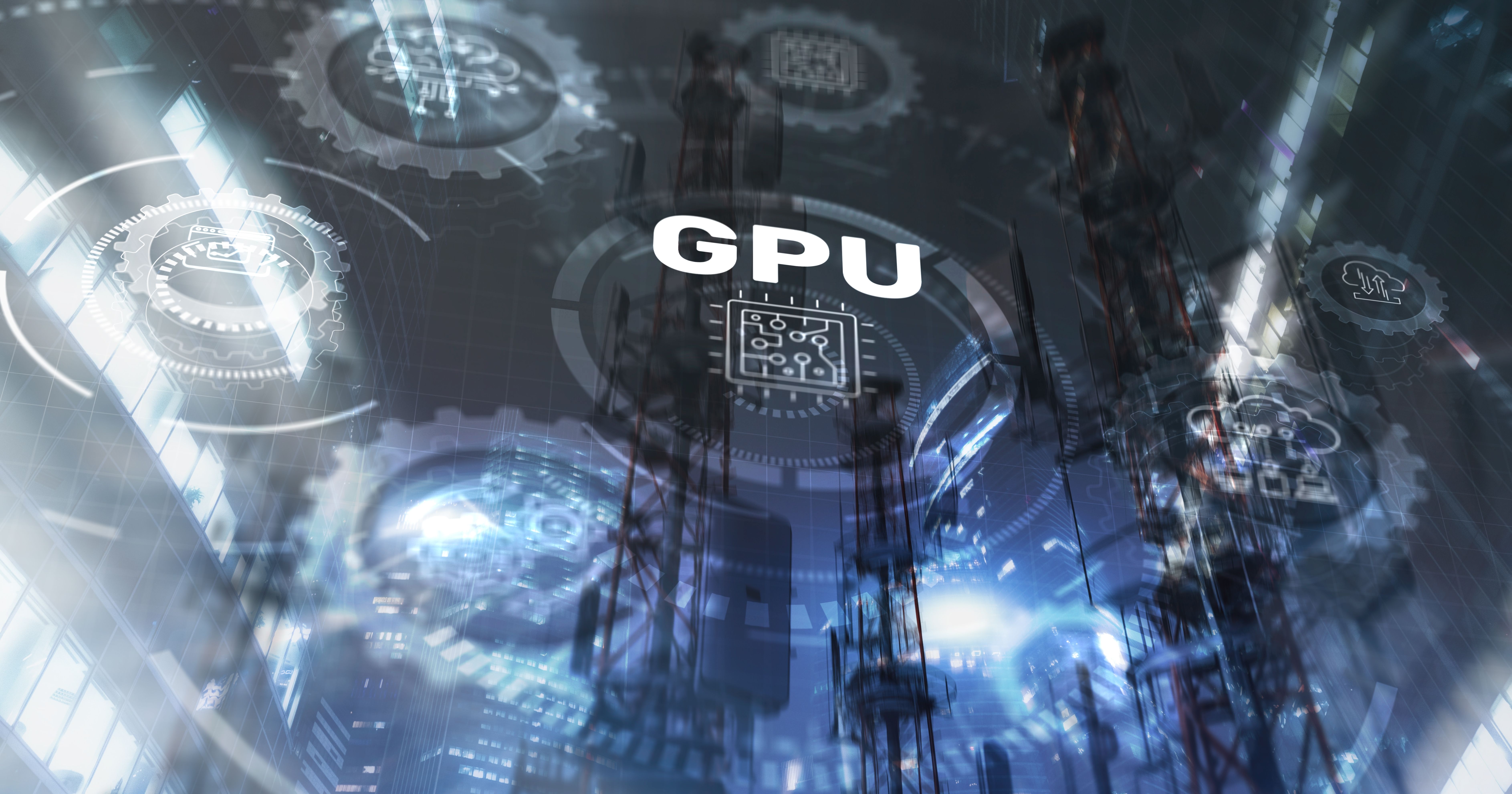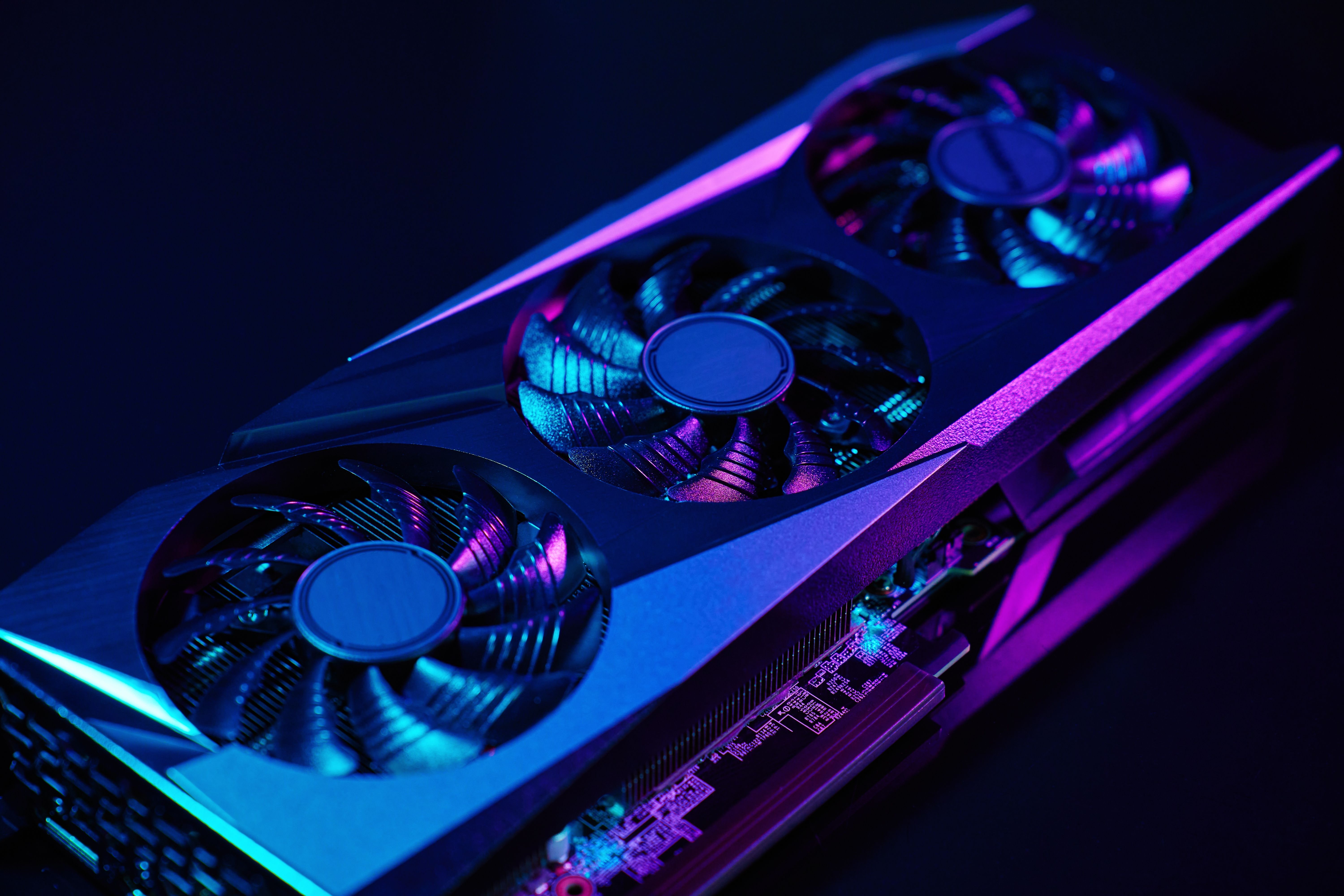NVIDIA H200 vs. H100: A Comparison of Next-Gen GPUs

Introduction to Next-Generation NVIDIA GPUs
As artificial intelligence (AI) and high-performance computing (HPC) continue to advance, the demand for powerful and efficient GPUs has never been greater. NVIDIA, a global leader in GPU technology, has consistently pushed the boundaries of computing with its cutting-edge architectures, AI acceleration capabilities, and data center solutions.
With the release of the H100 in 2022 and the introduction of the H200 in 2023, NVIDIA has taken GPU performance, memory bandwidth, and AI acceleration to the next level. This article explores the architectural differences, performance benchmarks, and real-world applications of these two powerhouse GPUs, helping businesses and researchers determine which best suits their needs.
Overview of the NVIDIA H100 and H200 GPUs
NVIDIA’s Market Dominance in the GPU Industry
NVIDIA holds an 88% share of the total GPU market, a testament to its technological leadership and innovation. The company’s GPUs are widely used in:
- AI computing and deep learning – Training and deploying large-scale machine learning models.
- Data centers and cloud computing – Powering enterprise AI workloads in cloud environments.
- Scientific research and simulations – Supporting breakthroughs in climate modeling, genomics, and physics.
This dominance is not just a result of hardware capabilities but also software optimizations, such as CUDA, TensorRT, and NVLink, which make NVIDIA GPUs the preferred choice for AI developers worldwide.
Introduction of H100 and H200 Models
| Feature | H100 | H200 |
| Launch Year | 2022 | 2023 |
| Architecture | Hopper | Enhanced Hopper |
| Memory Type | HBM3 | HBM3e |
| Memory Bandwidth | 3.35 TB/s | 4.8 TB/s |
| Memory Capacity | 80GB | 141GB |
The H200 builds upon the success of the H100, introducing:
- Enhanced Hopper architecture with improved AI processing power.
- HBM3e memory with a 40% increase in bandwidth, reducing bottlenecks for large-scale AI workloads.
- Larger memory capacity, allowing for bigger datasets and complex model training.
These improvements make the H200 a more future-proof solution for AI and data-intensive applications.
Architecture: Hopper vs. Enhanced Hopper
What Are the Key Differences in Architecture?
The H100 and H200 share the same fundamental Hopper architecture, but the H200 includes:
- Memory and bandwidth enhancements – With 141GB of HBM3e memory, the H200 can process larger AI models and datasets without offloading data as frequently.
- Optimized AI acceleration – Improved mixed-precision computing makes deep learning training and inference more efficient.
- Refined power management – Reducing power inefficiencies for lower operational costs in data centers.
These improvements give the H200 a clear edge in handling AI workloads and LLMs.
Understanding the Technological Advancements in H200
Memory Innovations: HBM3 vs. HBM3e
| Feature | H100 | H200 |
| Memory Type | HBM3 | HBM3e |
| Capacity | 80GB | 141GB |
| Bandwidth | 3.35 TB/s | 4.8 TB/s |
- HBM3e memory allows the H200 to store and process significantly larger AI models, making it ideal for large-scale deep learning.
- Increased bandwidth (4.8 TB/s) ensures faster data transfer, reducing latency and improving model training efficiency.
This memory upgrade alone makes the H200 a superior choice for enterprises handling complex AI workflows.
Performance and Efficiency Comparisons
How Does the H200 Improve AI and HPC Performance?
| Task | H100 Performance | H200 Performance | Improvement |
| AI Model Training (MLPerf, Llama 2 70B) | Baseline | 1.8x faster | +80% |
| HPC Scientific Simulations | Baseline | 1.3x faster | +30% |
- The H200 is 1.8 times faster in large language model (LLM) inference, making it ideal for chatbots, AI search engines, and autonomous agents.
- HPC performance sees a 30% boost, benefiting industries like genomics, financial modeling, and aerospace simulations.
These enhancements position the H200 as the go-to choice for AI-driven research and enterprise workloads.
Advanced Tensor Cores and Their Impact
The H200’s advanced Tensor Cores improve performance across various precision formats, including:
- FP64, TF32, FP16, INT8 – Allowing higher efficiency in AI training and scientific computing.
- Optimized Transformer Engine – Accelerating natural language processing (NLP) and large-scale deep learning models.
For organizations running transformer-based AI models, the H200 offers unmatched speed and accuracy.
NVLink 4.0: Enhancing GPU Communication
Both the H100 and H200 support NVLink 4.0, which offers:
- 900GB/s bandwidth for fast multi-GPU communication.
- Improved scalability for large AI workloads.
- Optimized data sharing between GPUs, reducing latency in distributed computing environments.
For businesses using multi-GPU clusters, NVLink 4.0 makes the H200 a highly scalable AI solution.
Energy Efficiency and Power Consumption
How Energy-Efficient Is the H200 Compared to the H100?
- Both GPUs operate within the same 700W power range, despite the H200 offering higher performance.
- Enhanced thermal management keeps temperatures stable even under prolonged workloads.
- Lower power inefficiencies help reduce data center electricity costs over time.
For companies prioritizing performance-per-watt efficiency, the H200 is a cost-effective choice.
Industry Impacts and Real-World Applications
Where Will the H200 Have the Most Impact?
| Industry | Benefit of H200 |
| AI & ML Research | Faster model training, improved inference |
| Scientific Computing | Higher simulation accuracy, reduced processing time |
| Healthcare | AI-assisted diagnostics, faster genomic analysis |
| Finance | Real-time fraud detection, high-frequency trading |
| Autonomous Systems | Faster AI perception for self-driving cars |
The H200’s AI acceleration and memory capacity will drive significant advancements across multiple industries.
Value for Money Considerations
Pricing Analysis: H100 vs. H200
| GPU | Estimated Price |
| H100 (80GB) | $35,000 - $40,000 |
| H200 (141GB) | $45,000 - $50,000 |
The H200’s higher price is justified by:
- Almost double the memory capacity.
- 1.8x AI inference speed improvement.
- Better power efficiency and scalability.
For AI-focused enterprises, the H200 offers a higher return on investment compared to the H100.
Conclusion: Choosing Between the H100 and H200
| Choose H100 if: | Choose H200 if: |
| You need AI acceleration but have budget constraints. | You require larger memory for AI training and LLM applications. |
| You focus on general AI and data analytics. | You run transformer-based AI and HPC workloads. |

Andrea Holt
Andrea Holt is the Director of Marketing at Hydra Host, where she unites her geospatial science background with a passion for GPU infrastructure and AI systems. She earned her degree in Geospatial Science from Oregon State University, where she developed an early interest in high-performance graphics cards through her work with ArcGIS and other mapping tools.
After graduation, Andrea applied her analytical skills to voter data mapping for independent and third-party voters while also leading digital marketing efforts for a political nonprofit. This mix of technical and creative experience made her transition to the fast-growing GPU industry a natural step.
Earlier in her career, she interned with the Henry’s Fork Foundation, mapping four decades of irrigation patterns in Idaho’s Snake River Basin. Her research was published in Frontiers in Environmental Science: Spatial and Temporal Dynamics of Irrigated Lands in the Henry’s Fork Watershed.


